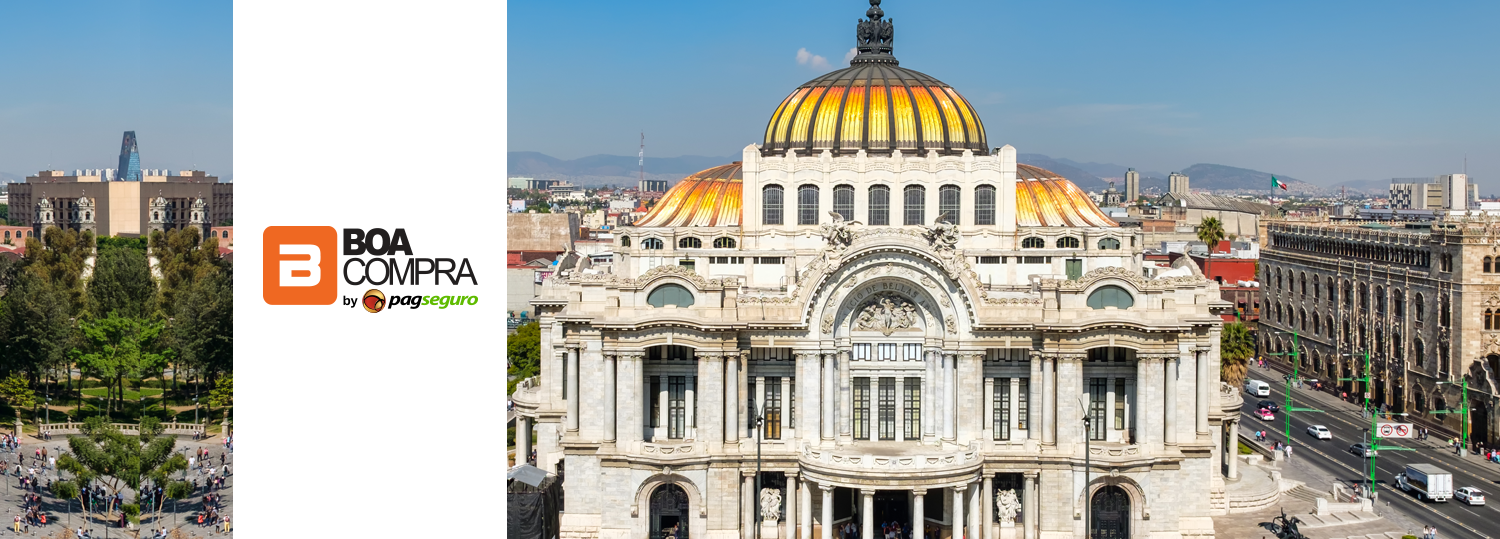By 2022 the projected global revenue for e-commerce sales in Latin America is USD 94 billion. A market of young consumers and an appetite for purchasing via mobile are two key elements of this bright future for e-commerce in LATAM. So, what can we expect in 2019 and beyond?
E-commerce in LATAM: an astonishing potential
Recent numbers show that LATAM e-commerce market is still quite small in comparison with Asian and North American markets. However, that gives it an astonishing potential to grow. According to Worldpay’s annual “Global Payments Report”, online sales are expected to increase 19% in the next five years (8% above the global average) with 155.5 million people in Latin American buying online goods and services in 2019. Brazil is still the leader but there are three fast emerging markets in LATAM: Argentina, Colombia and Mexico.

eMarketer says that 2018 is going to end with a total of USD 1.988 trillion in total retail sales in LATAM and the number is expected to reach USD 2.345 trillion by 2022. This foreseen growth is due to an increase in internet connectivity, more access to smartphones and a growing investment in infrastructures. Mexico, for example, is predicted to rise to second largest market as a consequence of the rise of m-commerce in the region: according to PayPal’s 2015 “Latin America, a growing market for e-commerce”, almost a third of online purchases were made using mobile devices.
M-commerce: the driving force behind e-commerce growth in LATAM
Appealing to the younger consumer is key. According to Worldline’s research, the average age in LATAM is a bit under 30 (USA is 37.9 and Europe 32.6). This young consumer is very receptive to new technologies, increasing the potential for m-commerce: in 2018, 27.5% of all online retail purchases were done via mobile.
According to Statista, revenue from m-commerce in Brazil alone is expected to increase from USD 5 billion in 2017 to USD 10 billion by 2021, indicating that m-commerce is growing at a faster rate than e-commerce in general in LATAM.
Less expensive data plans are a key aspect of this trend and also the fact that two out of three Latin Americans have internet connection, representing more than 10.4% of all users around the world. Chile is the country with the greatest internet penetration rate (71%) followed by Argentina (68%) and Colombia (66%).
Who is buying online, what are they buying and how?
Clothing, home appliances and electronics always had a strong penetration level in LATAM and projections say it will rise. As for buying services online, all things related to travel – hotel reservations, airplane and bus tickets – are popular through LATAM, with a slight lead to Colombia, and online entertainment ticket sales are booming in Brazil.

In terms of social media, companies can expect a large engagement through Facebook, the largest social network in Latin America, with an estimated 284.5 million users in 2018. On the other hand, Instagram is rising in a more significant way.
Being a photo-sharing platform, Instagram was boosted thanks to the increase of smartphone usage since 2015. New smartphone owners signed up for Instagram and user growth jumped from 34.5% to 44.4%. Brazil was an early adopter and is predicted to continue to be Instagram’s largest market in Latin America, according to eMarketer.
The other side of the rainbow for e-commerce in LATAM
Treating each country in LATAM as its own market is the way to go because each one is so particular in its regulations and characteristics. Trying to implement a “one size fits all” philosophy will not work. Even so, a few common drivers and barriers for e-commerce development can be identified in LATAM as whole.
We have talked about the drivers above:
- increased internet connectivity;
- more smartphone users;
- booming investment in infrastructures and
- m-commerce developing at a fast pace.
However, there are some downsides:
- Despite the booming investment in infrastructures, LATAM countries are still undeveloped in terms of roads and railways and efficient airport services.
- Companies have to invest in logistic services that will allow for a faster delivery because that aspect amounts to a large part of consumer satisfaction.
- Although e-commerce is thriving, security and privacy issues are still a significant barrier.
- Continued development of payment solutions that fit the very specific Latin American customer is essential.

To conclude, there is one more important aspect: despite the growth in some LATAM economies, the overall purchasing power is still low. On top of that, the economic and social impact of the recent presidential elections in Brazil – the largest market in Latin America – is yet to be determined.





